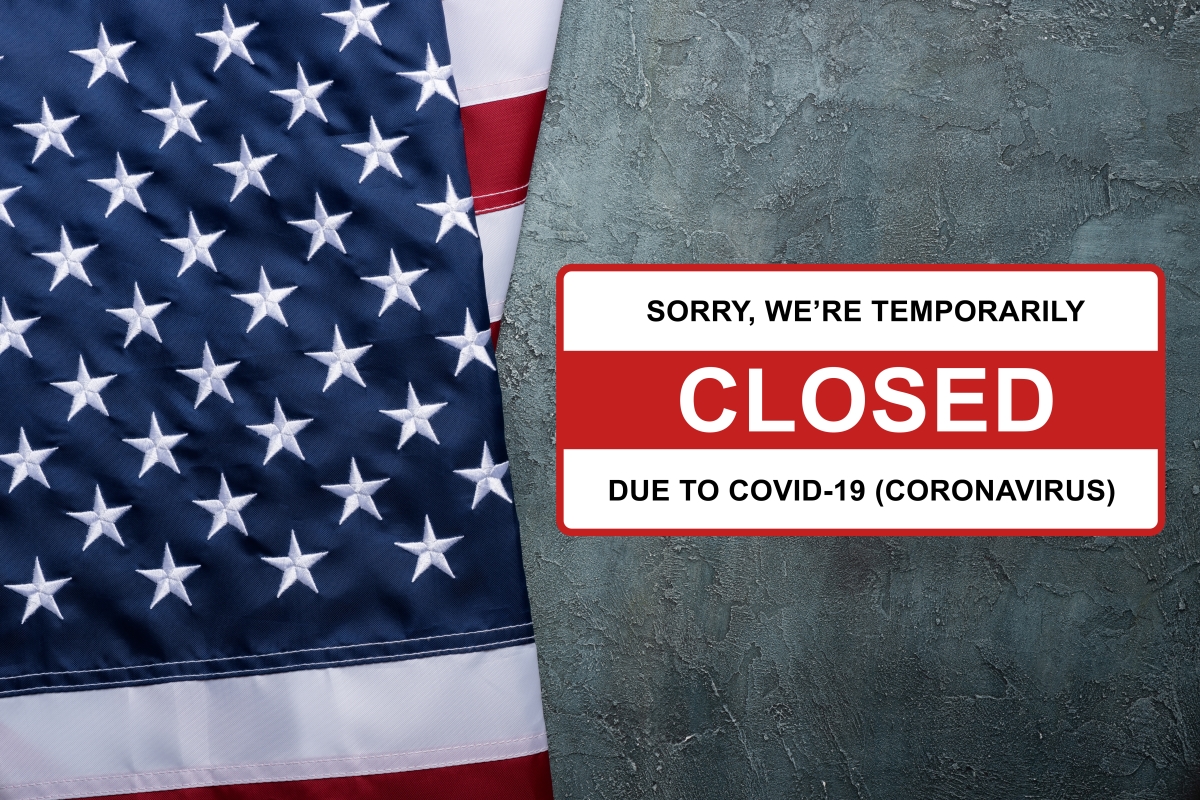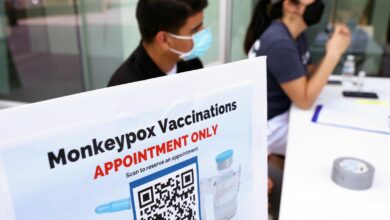As COVID-19 cases soar even higher during this holiday week, government and health officials continue to sound the alarm for Americans that they need to take extra caution in preventing the spread of the deadly virus.
The report noted that while some of the states that have been the most aggressive are doing a fair job controlling the spread, other areas are not doing enough to keep the virus in check. In addition, the report was clear in stressing the importance for everyone to be diligent over the Thanksgiving holiday, taking special care to protect vulnerable family members.
As part of the warning, the task force recommended that colleges and universities act now to ensure that plans are in place to test students returning after the holiday break. The report recommends weekly testing for all students, regardless of if they live on campus or not.
States with Highest Virus Rates: In a recent report, North Dakota is still the state experiencing the highest number of new infections per 100,000 people. Other states seeing significant spread on a per capita basis include Wyoming, South Dakota, Minnesota, Iowa, Nebraska, Montana, Wisconsin, Utah, and New Mexico.
Trump Administration Considering Shortening COVID-19 Quarantine Time: According to Assistant Secretary for Health Adm. Brett Giroir, the White House coronavirus task force is considering relaxing the COVID-19 quarantine guidelines. Giroir revealed this information at a news conference facilitated by the US Department of Health and Human Services on Tuesday. He said that there is a growing amount of evidence that shows that a shorter quarantine can be paired with a test while not putting additional people at risk.
While Giroir did not say exactly what period of time may be considered, many health experts are speculating that the official recommendation may be lowered from 14 days to 10 days. In addition to Giroir’s statement, the Centers for Disease Control and Prevention (CDC) also said that they are reviewing their guidance and recommendations due to new evidence regarding the spread of the virus.
Updates from CDC Director: CDC Director Robert Redfield spoke to the media on Tuesday as part of the White House coronavirus task force meeting. In doing so, Redfield helped to shed some light on a variety of issues and how the CDC is approaching new data. Redfield said that the organization is using a data tracker known as the Covid-19 School Response Dashboard to provide the information needed to keep students in school as much as possible.
This tracker is a product of Brown University economist Emily Oster. The dashboard shows data for over 8.9 million students. This number includes four million students that are currently attending school in person. The current data indicates a daily COVID-19 rate of 17 per 100,000 students. This figure is significantly below the 1% rate of infection cited as a good target. The rate of infection is slightly higher among staff, coming in at 27 per 100,000.
While it was Brown University that developed the tracker, the data is supported by the School Superintendents Association, the National Association of Secondary School Principals, and the National Association of Elementary School Principals. Qualtrics manages the software and website for the tracker.
In an interview with Fox News on Tuesday, Redfield also said that evidence is now showing that the virus is not being spread in the public arena as much any longer. Instead, it is being driven through asymptomatic infections gathering in homes and at other private events. The infection is mostly being spread in people between the ages of 12 and 35.
While the spread during the initial spring surge was happening in public places, the transmission patterns are now shifting to the homes when people feel safe to gather and remove their masks.
Lastly, Redfield also acknowledged that there needed to be vaccine testing on pregnant women and children before rolling the immunization out to the public. In the same speech, Redfield said that he hoped the vaccine would be available to the general public no later than March.
More States Tightening Restrictions: The warnings by the CDC and the White House coronavirus task force are not falling on deaf ears. Gov. John Bel Edwards announced on Tuesday that his state of Louisiana is going back to stage 2 restrictions. This level of restrictions means that restaurants, gyms, and other non-essential businesses are limited to 50% capacity. In addition, churches and places of worship must limit attendance to 75% capacity. Edwards stressed that masks and social distancing measures must be used.
The state of North Carolina is also imposing a stricter mask mandate. Beginning Wednesday, all people must wear a facial covering when they are with somebody not from their immediate household. In addition, masks must be worn when in any public indoor space regardless of whether proper social distancing can be maintained.
In response to numbers that are spiraling out of control, officials in Staten Island, New York, are reopening an emergency medical facility to treat COVID-19 patients. Last spring, the facility treated 200 patients. According to Gov. Andrew Cuomo, hospitalizations on the island have almost tripled over the last three weeks.
New York City Mayor Bill de Blasio also said that he believes that the city will need to impose more restrictions in the coming weeks. He specifically mentioned the possibility of closing restaurant indoor dining and gyms.
The UK to Loosen Restrictions for the Holidays: There was finally some good news across the pond. Officials in the UK announced that they would ease up on COVID-19 restrictions just in time for Christmas, allowing for up to three households to gather indoors for the holidays. This Christmas bubble is allowed from December 23 – 28. This will be granted to all four nations of the UK. There will also be no travel restrictions within that region during the designated time period.






